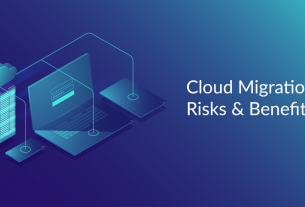The coronavirus pandemic is bringing new urgency to the development of freight price forecasting tools that can help shipping entities quickly adapt to fast-changing market conditions while managing risk – both of which have skyrocketed with the advance of this global catastrophe. Indeed, we have found that shipping organizations are turning to technology for greater market clarity as uncertainly evolves, but, even still, businesses attempting to determine how high or low truck pricing will come in six months to a year from now are finding forecasts tougher than ever to nail down.
Here’s a fact many in the shipping industry aren’t aware of: Forecasts from the beginning of March may now seem unrealistic as the number of COVID-19 cases and deaths in the U.S. alone rise and measures aimed at slowing the spread send the country’s economy into recession. But thanks to online shipping comparison tools, you can find loads to ship easily in spite of the shortage at the local shipping markets.
The question it boils down to is this: Can any demand forecast survive the surprise pummeling delivered by COVID-19? Forecasters say their predictions will, of course, change over time, but historical trends won’t – and that they must carefully match and analyze current and historical data and fine-tune models and predictions on a constant basis. This is as true, according to these forecasters, for a truckload pricing outlook as it is for any economy-oriented forecast.
At the end of the day, the truth of the matter is that the COVID-19 pandemic has radically impacted customer demand and supply chain operations across the world, and as the virus continues to spread, consumer behavior will shift in response, causing a ripple effect for virtually all industries. Vizen research teams have deduced that products like shelf-stable groceries, daily hygiene, bottled water and pet food are experiencing a demand surge due to consumer “panic-buying” and stockpiling, yet demand for other products such as cosmetics, luxury beauty and skin care has plummeted. What can this tell us? This volatility, coupled with disruptions in the supply chain, has posed planning and operational challenges ranging from inventory allocation and stockouts to transportation and production constraints.
While it is impossible to predict a pandemic like COVID-19 and all its consequences, maintaining and adapting operations is possible with the right combination of people, data, processes and technology.
Contact Vizen to learn more about the kind of technology we offer in these challenging times.




